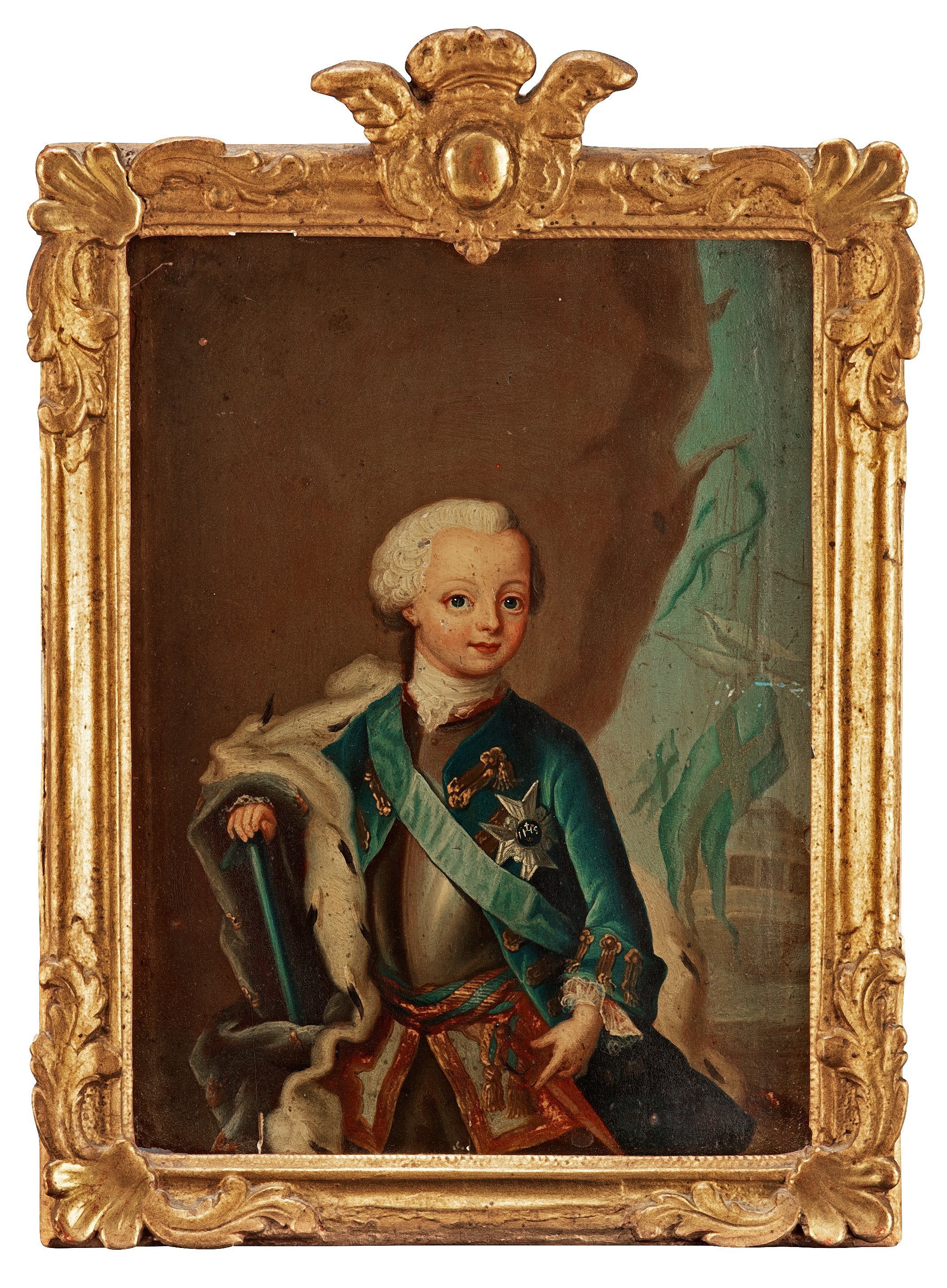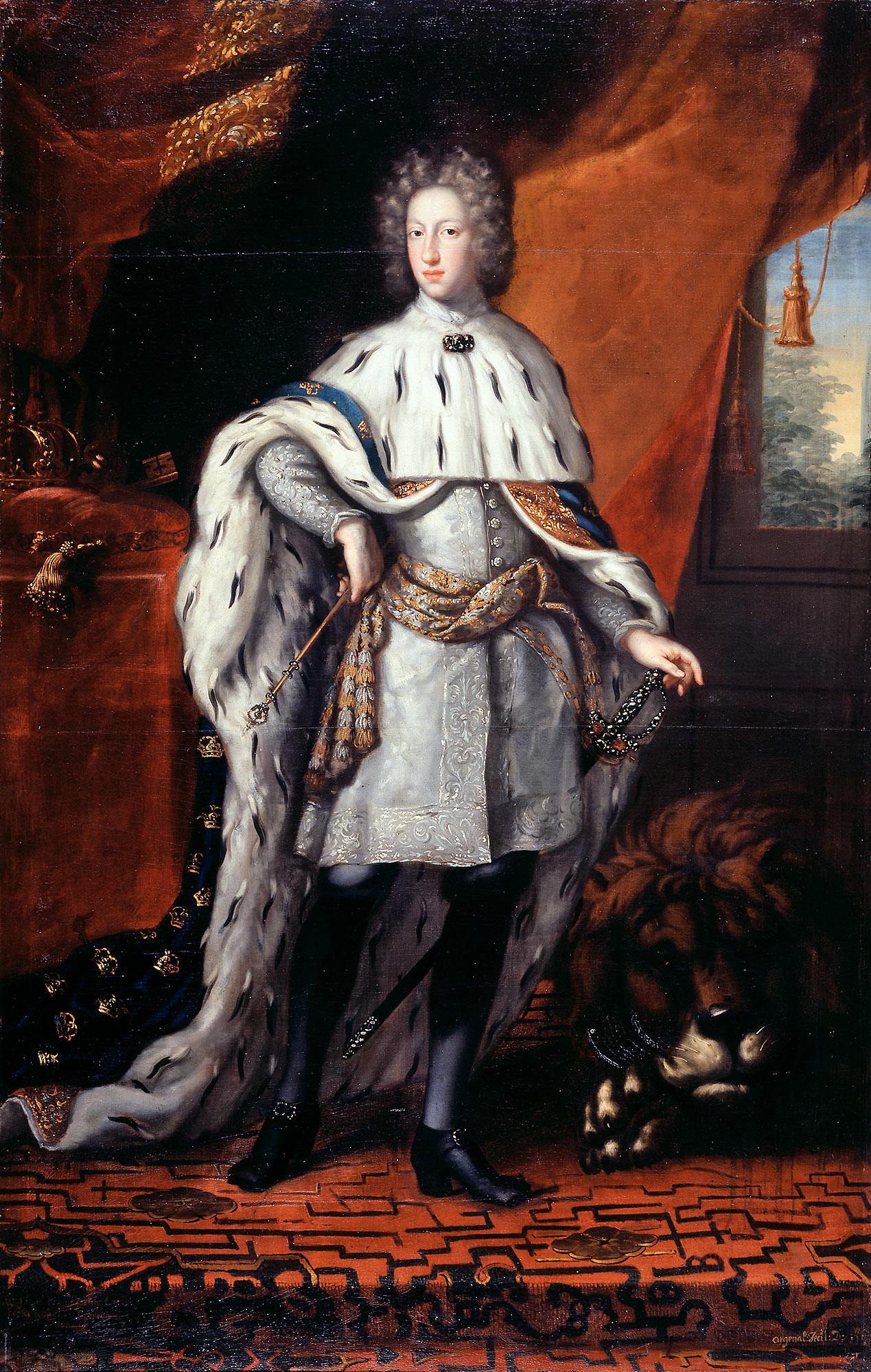|
Bengt Erland Fogelberg
Bengt Erland Fogelberg, also known as Benedict Fogelberg, (8 August 178622 December 1854) was a Swedish sculptor. Biography Fogelberg was born in Gothenburg. His father, a copper-founder, encouraging an early exhibited taste for design, sent him in 1801 to Stockholm, where he studied at the school of art. There he came much under the influence of the sculptor Johan Tobias Sergel, who communicated to him his own enthusiasm for antique art and natural grace. Fogelberg worked hard at Stockholm for many years, although his instinct for severe beauty rebelled against the somewhat rococo quality of the art then prevalent in the city. Endnote: See Casimir Leconte, ''L'Œuvre de Fogelberg'' (Paris, 1856). In 1818 the grant of a government pension enabled him to travel. He studied from one to two years in Paris, first under Pierre-Narcisse Guérin, and afterwards under the sculptor François Joseph Bosio, for the technical practice of sculpture. In 1820 Fogelberg realized a dream of his ... [...More Info...] [...Related Items...] OR: [Wikipedia] [Google] [Baidu] |
Johan Gustaf Sandberg-Bengt Erland Fogelberg
{{disambiguation ...
Johan may refer to: * Johan (given name) * ''Johan'' (1921 film), a Swedish film directed by Mauritz Stiller * Johan (2005 film), a Dutch romantic comedy film * Johan (band), a Dutch pop-group ** ''Johan'' (album), a 1996 album by the group * Johan Peninsula, Ellesmere Island, Nunavut, Canada * Jo-Han, a manufacturer of plastic scale model kits See also * John (name) John ( ) is a common male name in the English language ultimately of Biblical Hebrew, Hebrew origin. The English form is from Middle English ''Ioon'', ''Ihon'', ''Iohn, Jan'' (mid-12c.), itself from Old French ''Jan'', ''Jean'', ''Jehan'' (Moder ... [...More Info...] [...Related Items...] OR: [Wikipedia] [Google] [Baidu] |
Balder
Baldr (Old Norse also Balder, Baldur) is a god in Germanic mythology. In Norse mythology, he is a son of the god Odin and the goddess Frigg, and has numerous brothers, such as Thor and Váli. In wider Germanic mythology, the god was known in Old English as , and in Old High German as , all ultimately stemming from the Proto-Germanic theonym ('hero' or 'prince'). During the 12th century, Danish accounts by Saxo Grammaticus and other Danish Latin chroniclers recorded a euhemerized account of his story. Compiled in Iceland during the 13th century, but based on older Old Norse poetry, the ''Poetic Edda'' and the ''Prose Edda'' contain numerous references to the death of Baldr as both a great tragedy to the Æsir and a harbinger of Ragnarök. According to ''Gylfaginning'', a book of Snorri Sturluson's Prose Edda, Baldr's wife is Nanna and their son is Forseti. Baldr had the greatest ship ever built, ''Hringhorni'', and there is no place more beautiful than his hall, Breidablik. ... [...More Info...] [...Related Items...] OR: [Wikipedia] [Google] [Baidu] |
1854 Deaths
Events January–March * January 4 – The McDonald Islands are discovered by Captain William McDonald aboard the ''Samarang''. * January 6 – The fictional detective Sherlock Holmes is perhaps born. * January 9 – The Teutonia Männerchor in Pittsburgh is founded to promote German culture. * January 20 – The North Carolina General Assembly in the United States charters the Atlantic and North Carolina Railroad, to run from Goldsboro through New Bern, to the newly created seaport of Morehead City, near Beaufort. * January 21 – The iron clipper runs aground off the east coast of Ireland, on her maiden voyage out of Liverpool, bound for Australia, with the loss of at least 300 out of 650 on board. * February 11 – Major streets are lit by coal gas for the first time by the San Francisco Gas Company; 86 such lamps are turned on this evening in San Francisco, California. * February 13 – Mexican troops force William Walker and his tro ... [...More Info...] [...Related Items...] OR: [Wikipedia] [Google] [Baidu] |
1786 Births
Events January–March * January 3 – The third Treaty of Hopewell is signed between the United States and the Choctaw. * January 6 – The outward bound East Indiaman '' Halsewell'' is wrecked on the south coast of England in a storm, with only 74 of more than 240 on board surviving. * February 2 – In a speech before The Asiatic Society in Calcutta, Sir William Jones notes the formal resemblances between Latin, Greek, and Sanskrit, laying the foundation for comparative linguistics and Indo-European studies. * March 1 – The Ohio Company of Associates is organized by five businessmen at a meeting at the Bunch-of-Grapes Tavern in Boston to purchase land from the United States government to form settlements in the modern-day U.S. state of Ohio. * March 13 – Construction begins in Dublin on the Four Courts Building, with the first stone laid down by the United Kingdom's Viceroy for Ireland, the Duke of Rutland. April–June * April ... [...More Info...] [...Related Items...] OR: [Wikipedia] [Google] [Baidu] |
Swedish Male Sculptors
Swedish or ' may refer to: Anything from or related to Sweden, a country in Northern Europe. Or, specifically: * Swedish language, a North Germanic language spoken primarily in Sweden and Finland ** Swedish alphabet, the official alphabet used by the Swedish language * Swedish people or Swedes, persons with a Swedish ancestral or ethnic identity ** A national or citizen of Sweden, see demographics of Sweden ** Culture of Sweden * Swedish cuisine See also * * Swedish Church (other) * Swedish Institute (other) * Swedish invasion (other) * Swedish Open (other) Swedish Open is a tennis tournament. Swedish Open may also refer to: * Swedish Open (badminton) * Swedish Open (table tennis) * Swedish Open (squash) * Swedish Open (darts) {{disambiguation ... {{disambig Language and nationality disambiguation pages ... [...More Info...] [...Related Items...] OR: [Wikipedia] [Google] [Baidu] |
Gamla Stan
Gamla Stan (, "The Old Town"), until 1980 officially Staden mellan broarna ("The Town between the Bridges"), is the old town of Stockholm, Sweden. Gamla Stan consists primarily of the island Stadsholmen. Gamla Stan includes the surrounding islets Riddarholmen, Helgeandsholmen and Strömsborg. It has a population of approximately 3,000. Gamla Stan has played a prominent role in the history of Swedish architecture, with many of Sweden's most renowned architects shaping the area; these include figures such as Nicodemus Tessin and Carl Hårleman, who worked on the Stockholm Palace, still located in the area. Other notable buildings in the old town include Tessin Palace, the Stockholm Stock Exchange Building, Bonde Palace (seat of the Swedish Supreme Court) and the House of Nobility; the last of these buildings hosted the parliament for many years. Overview The town dates back to the 13th century, and consists of medieval alleyways, cobbled streets, and archaic archit ... [...More Info...] [...Related Items...] OR: [Wikipedia] [Google] [Baidu] |
Charles XIV John Of Sweden
Charles XIV John (; 26 January 1763 – 8 March 1844) was King of Sweden and Norway from 1818 until his death in 1844 and the first monarch of the Bernadotte dynasty. In Norway, he is known as Charles III John () and before he became royalty in Sweden, his name was Jean-Baptiste Jules Bernadotte. During the Napoleonic Wars, he participated in several battles as a Marshal of France. Born in Pau in the region of southern France known as Béarn, Bernadotte joined the French Royal Army in 1780. Following the outbreak of the French Revolution, he exhibited great military talent, rapidly rising through the ranks, and was made a brigadier general by 1794. He served with distinction in Italy and Germany, and was briefly Minister of War. His relationship with Napoleon was turbulent; nevertheless, Napoleon named him a Marshal of the Empire on the proclamation of the French Empire. Bernadotte played a significant role in the French victory at Austerlitz, and was made Prince of Po ... [...More Info...] [...Related Items...] OR: [Wikipedia] [Google] [Baidu] |
Equestrian Sculpture
An equestrian statue is a statue of a rider mounted on a horse, from the Latin ''eques'', meaning 'knight', deriving from ''equus'', meaning 'horse'. A statue of a riderless horse is strictly an equine statue. A full-sized equestrian statue is a difficult and expensive object for any culture to produce, and figures have typically been portraits of rulers or, in the Renaissance and more recently, military commanders. Although there are outliers, the form is essentially a tradition in Western art, used for imperial propaganda by the Roman emperors, with a significant revival in Italian Renaissance sculpture, which continued across Europe in the Baroque, as mastering the large-scale casting of bronze became more widespread, and later periods. Statues at well under life-size have been popular in various materials, including porcelain, since the Renaissance. The riders in these may not be portraits, but figures from classical mythology or generic figures such as Native Americans. ... [...More Info...] [...Related Items...] OR: [Wikipedia] [Google] [Baidu] |
Birger Jarl
Birger Jarl or Birger Magnusson (21 October 1266) was a Swedish statesman and regent, ''Swedish jarls, jarl'', and a member of the House of Bjälbo, who played a pivotal role in consolidating Sweden after the civil wars between the House of Erik and the House of Sverker. His first marriage was to Princess Ingeborg Eriksdotter of Sweden, Ingeborg of Sweden, which created his base of power. Birger led the Second Swedish Crusade, which established Finland under Swedish rule, Swedish rule in Finland. Additionally, he is traditionally attributed with the foundation of the Swedish capital, Stockholm, around 1250. Birger used the Latin title of ("duke of Swedes (tribe), Swedes and Geats"). Biography Early life Birger, likely born around the time of the Battle of Gestilren in 1210, spent his childhood and adolescence in Bjälbo, Bjälbo, Östergötland. The exact date of his birth is uncertain and historical sources are contradictory, but examinations of his remains suggest he wa ... [...More Info...] [...Related Items...] OR: [Wikipedia] [Google] [Baidu] |
Charles XIII Of Sweden
Charles XIII or Carl XIII (; 7 October 1748 – 5 February 1818) was King of Sweden from 1809 and King of Norway from 1814 to his death. He was the second son (and younger brother to King Gustav III) of King Adolf Frederick of Sweden and Louisa Ulrika of Prussia, sister of Frederick the Great. Though known as King Charles XIII in Sweden, he was actually the seventh Carl of Sweden (other), Swedish king by that name, as Charles IX of Sweden, Charles IX (reigned 1604–1611) had adopted his numeral after studying Historia de omnibus Gothorum Sueonumque regibus, a fictitious history of Sweden. In Norway, he is known as Charles II. Early life Prince Charles was placed under the tutelage of Hedvig Elisabet Strömfelt and then Ulrica Schönström. He was appointed Swedish Navy#History, grand admiral when he was but few days old. He was described as a good dancer at the amateur theatre of the royal court. Reportedly he was not very close to his mother. The Queen preferred her ... [...More Info...] [...Related Items...] OR: [Wikipedia] [Google] [Baidu] |
Charles XII Of Sweden
Charles XII, sometimes Carl XII () or Carolus Rex (17 June 1682 – 30 November 1718 Old Style and New Style dates, O.S.), was King of Sweden from 1697 to 1718. He belonged to the House of Palatinate-Zweibrücken, a branch line of the House of Wittelsbach. Charles was the only surviving son of Charles XI of Sweden, Charles XI and Ulrika Eleonora the Elder. He assumed power, after a seven-month caretaker government, at the age of fifteen. In 1700, a triple alliance of Denmark–Norway, Electorate of Saxony, Saxony–Polish–Lithuanian Commonwealth, Poland–Lithuania and Tsardom of Russia, Russia launched a threefold attack on the Swedish protectorate of Holstein-Gottorp and provinces of Swedish Livonia, Livonia and Swedish Ingria, Ingria, aiming to take advantage of the Swedish Empire being unaligned and ruled by a young and inexperienced king, thus initiating the Great Northern War. Leading the Swedish army against the alliance, Charles won multiple victories despite being si ... [...More Info...] [...Related Items...] OR: [Wikipedia] [Google] [Baidu] |





